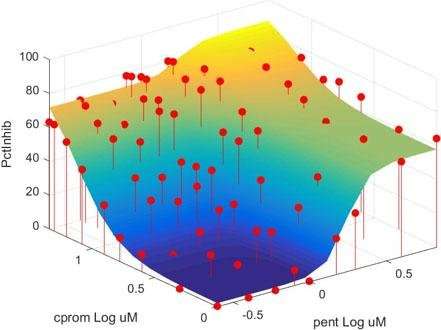High-throughput flow cytometry in drug discovery. Credit: Alexandre Chigaev, University of New Mexico
A new special issue of SLAS Discovery reflects examples of the recent groundswell of creative new applications for high-throughput flow cytometry (HTFC) in drug discovery.
Led by guest editors Mei Ding, Ph.D. (AstraZeneca) and Bruce S. Edwards, Ph.D. (University of New Mexico), this special issue presents a range of research papers, application notes and technical notes that reflect recent advances in HTFC methods design, provide new expert insight and perspectives, and highlight areas for improvement to broaden the range of HTFC applications in drug discovery.
Examples include descriptions of different software and data analysis workflows; the relative merits of different platforms for assessing biological responses of interest; novel HTFC applications for the development of biologic drugs and novel antibodies; target-agnostic or mechanism-informed phenotypic drug discovery; use of HTFC for single cell analysis; engineering autologous patient T cells to express chimeric antigen receptors (CAR-T) for use in adoptive cellular therapy of malignancies; and more.
Flow cytometry has proven to be a powerful technology, enabling multi-parametric analysis of single cells or particles, and widely used in a broad range of clinical and basic research and applications, including quantification of cell surface and intracellular proteins, DNA analysis, cell proliferation, cell viability, cellular granularity, and cell size. HTFC was made possible by the introduction of novel sample handling and analysis technologies.
Provided by Society for Laboratory Automation and Screening























